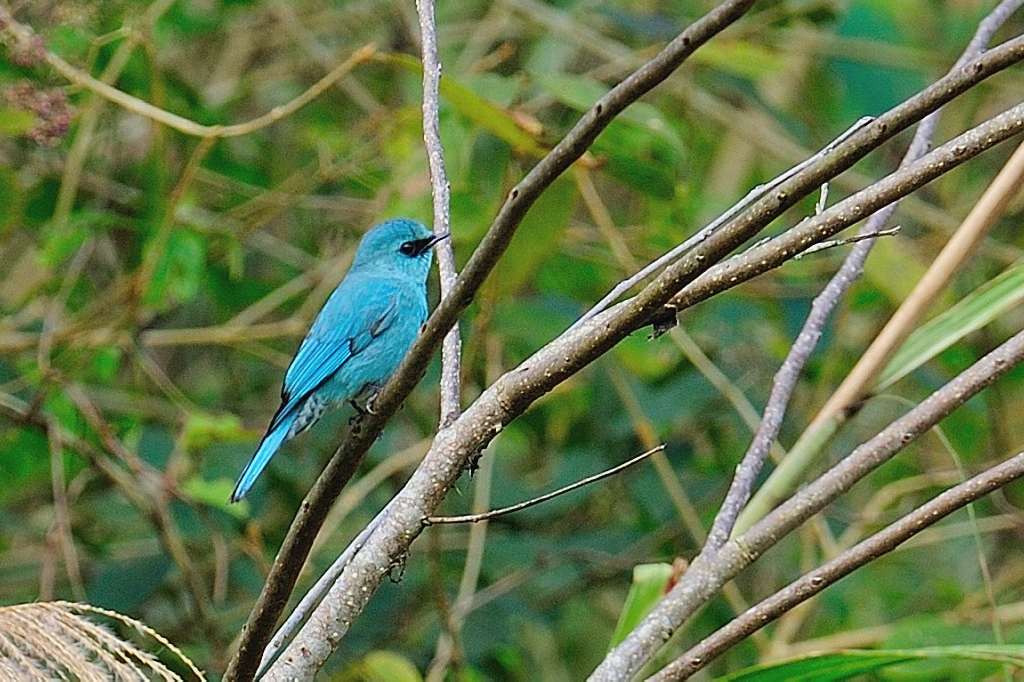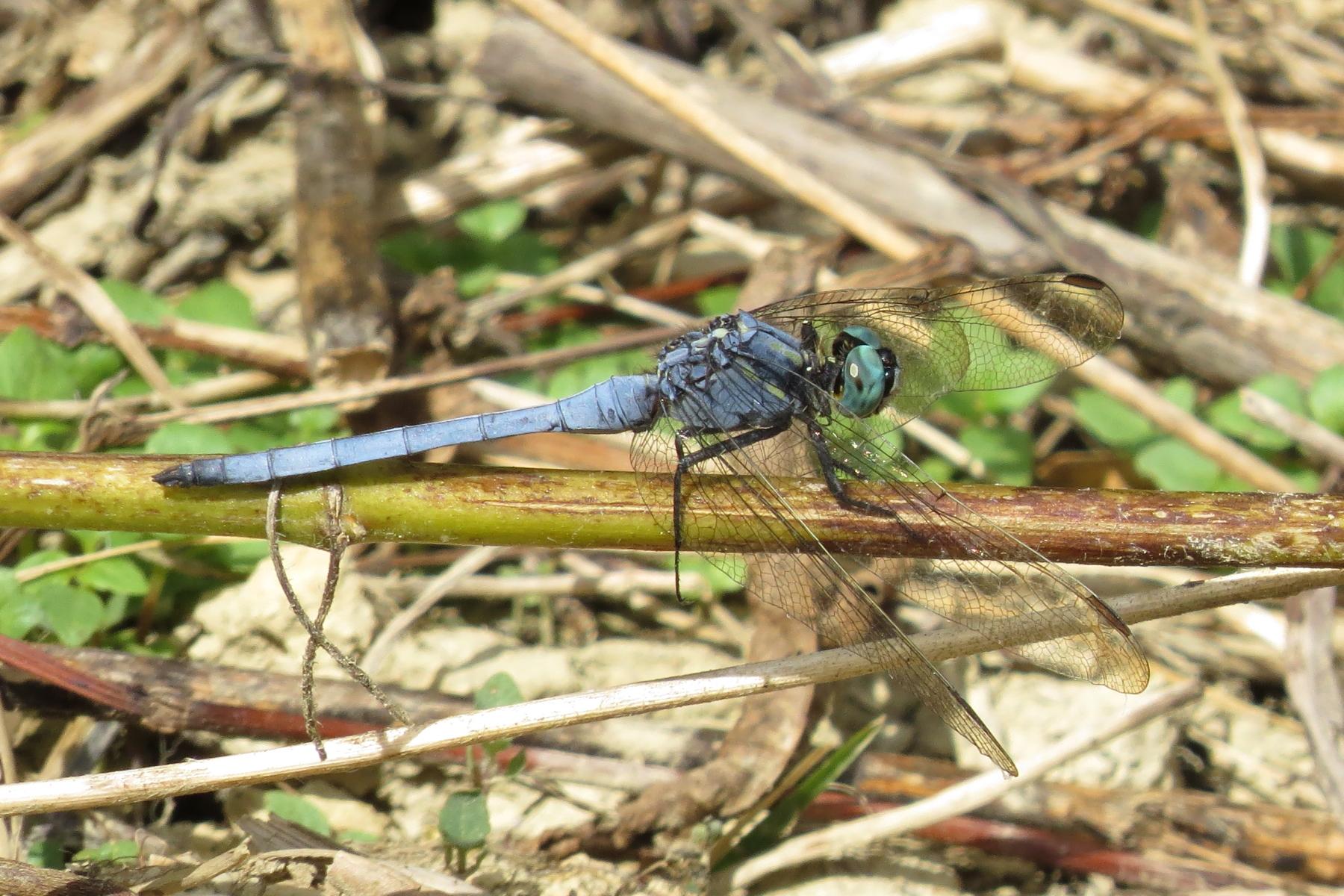What is biodiversity?
The Convention on Biological Diversity (CBD) was signed in Rio de Janeiro on June 6, 1992 when the World Commission on Environment and Development of United Nations (UN) was held. There are 168 countries signed the CBD. The goals of CBD are to conserve biodiversity, ensure sustainability of biodiversity, and equally and wisely share the benefits of genetic resources derived from biodiversity. The CBD is the first and the largest global agreement to cover all aspects of biological diversity.
The Article 2 of CBD defines biological diversity (or biodiversity) as “the variability among living organisms from all sources including, inter alia, terrestrial, marine and other aquatic ecosystems and the ecological complexes of which they are part: this includes diversity within species, between species and of ecosystems”. This indicates that biodiversity includes all living organisms on earth with focus on the diversity among the same species, different species and ecosystems. These biological resources provide diversifying ecological services, including absorbing CO2, releasing O2, providing foods and medicine, improving soil quality… to our human society. In other words, to conserve biodiversity is to ensure the living foundation for human.
.jpg)
Three main parts of biodiversity include genetic diversity, species diversity and ecosystem diversity.
Genetic diversity
Genetic diversity is the degree of genetic or genetic material diversity between individuals of the same species, or the degree of variation between species. For example, the human species ( Homo sapiens ) has different reces of Javanese, Caucasian, Asian, and African. Even in the Asian, there are differences in height, skin color, single and double eyelids. These variation are created in the combination of genetic resources.
Species diversity
At present, there are over 1.75 million named species on the earth, roughly including 4,000 species of mammals, 8,000 species of birds, 8,000 species of reptile and amphibian, 20,000 species of fishes, 1.3 million species of insect and invertebrates and 0.4 million species of plant.
Ecosystem diversity
Ecosystems contain organisms and the environment. Each ecosystem has producers, consumers, and decomposers. Each ecosystem has its own nutrient and energy cycles. The range of ecosystems can be large or small, and there are different types, such as marine ecosystems, stream ecosystems, forest ecosystems, and etc. For example, a river is a stream ecosystem with plankton, aquatic plants, invertebrates, small fish, small frogs and other organisms inhabiting. Different ecosystems can provide people with a variety of ecosystem services.
Importance of biodiversity
Overall, biodiversity provide the resources that are of actual or potential value for humanity. In spring, there are blooming rhododendrons and Chinese fringes, in summer there are fiery red phoenix trees, in autumn there are Taiwanese golden-rain trees that bloom yellow flowers, you can enjoy cherry blossoms in winter. You can watch different flowers in different seasons; In the middle of summer, you can hide in the shade of a tree to cool off and eat a bowl of mulberry ice. Many seafood can be eaten by the seaside. These small blessings in life and the services that people rely on for their livelihood are provided by biodiversity. Biodiversity provides human food and clothing, shelter, travel, education and happiness, and is an indispensable basis for human survival.
In addition to providing our daily needs, biodiversity can also be used as an indicator of the health of the ecological environment. The so-called “the duck knows first when the river becomes warm in spring” clearly shows that biological resources can predict changes in the environment in advance when we compared with air quality, water quality and other non-biological factors. The abundance, occurrence and behavior of a specie at a certain place sometimes more truly reflect the current situation of the natural environment and the trend of possible changes. Paying attention to the temporal and spatial changes in biodiversity can make us more aware of the changes in the environment around us.

.jpg)
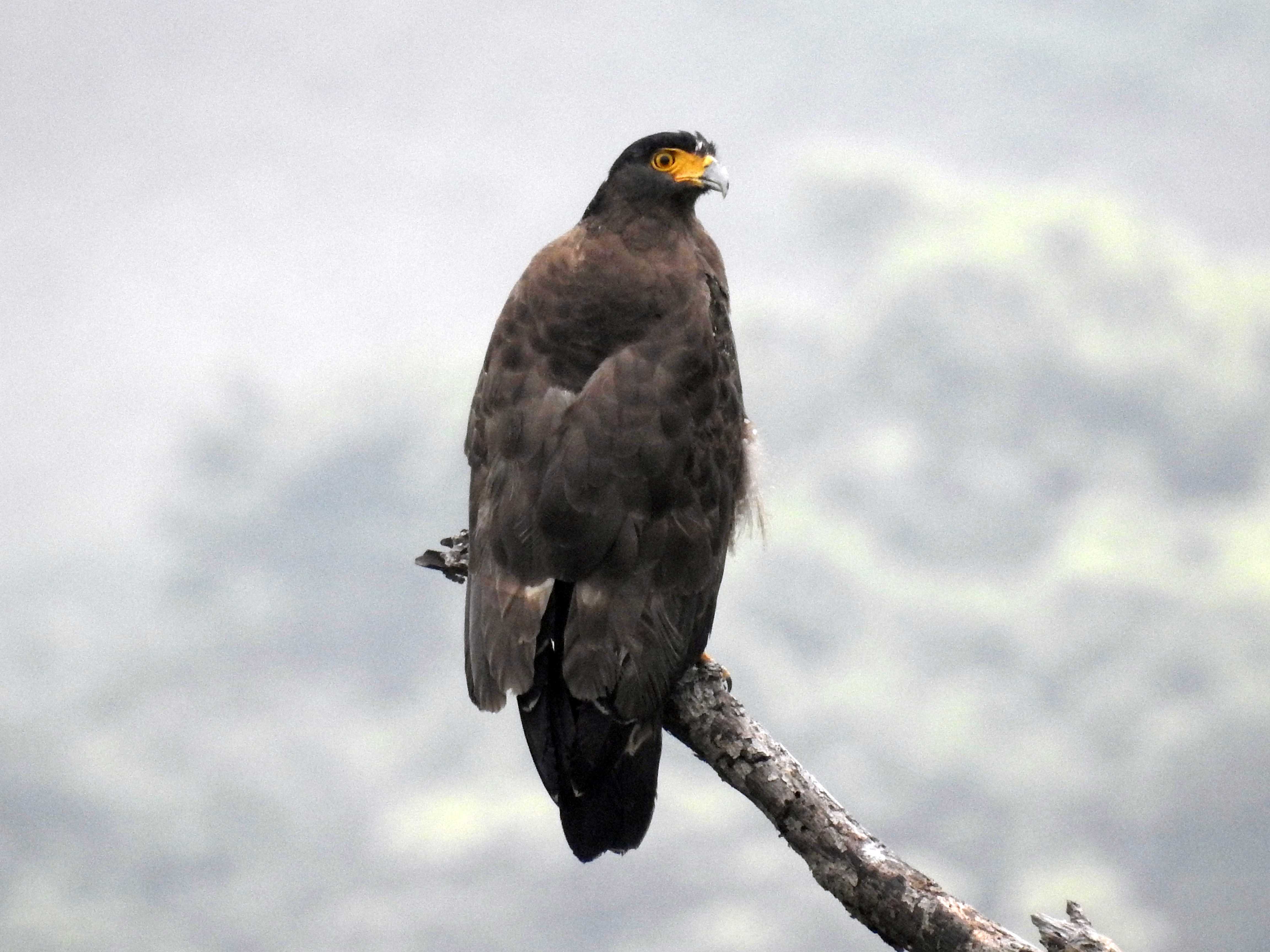
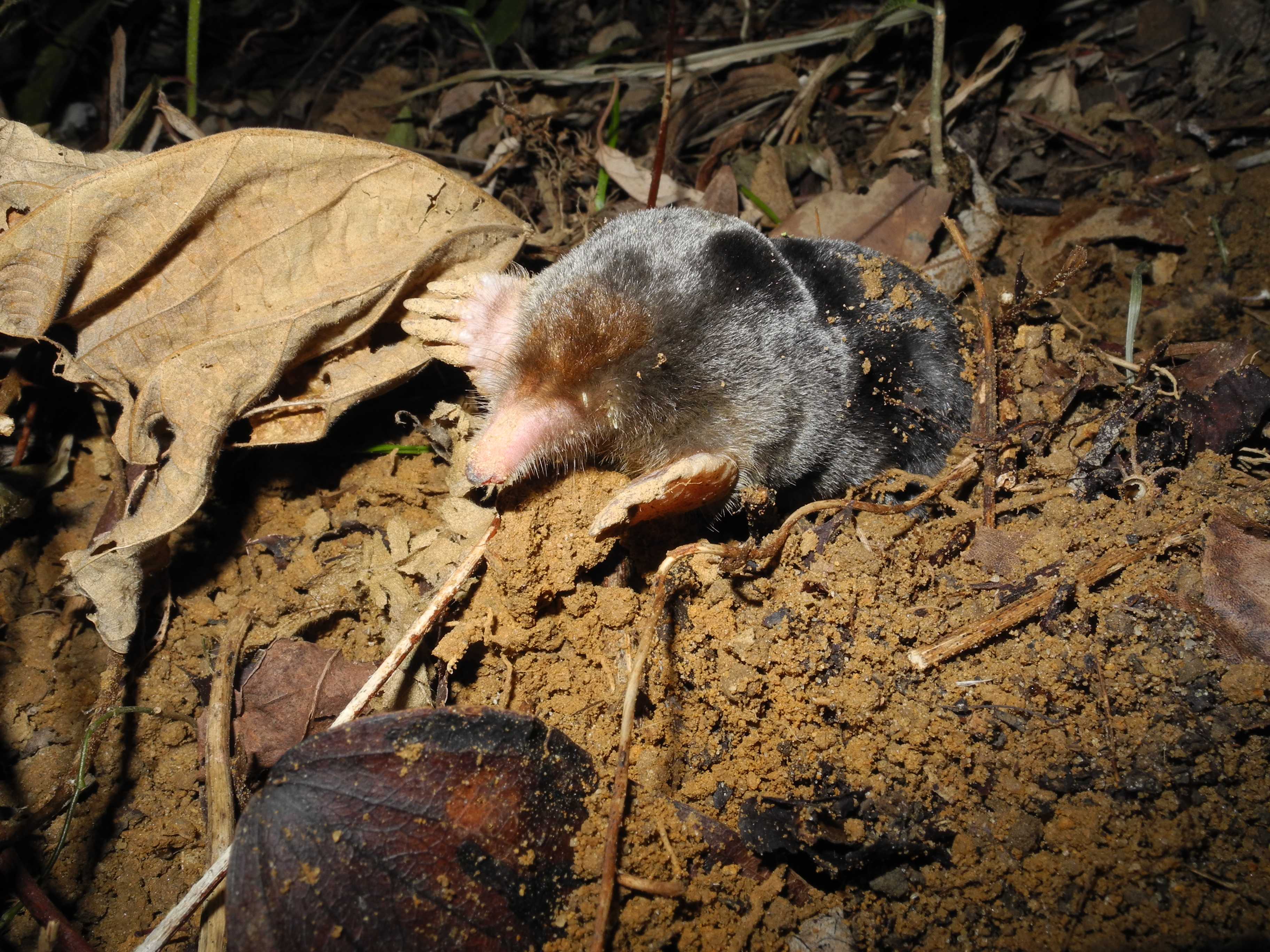
.jpg)
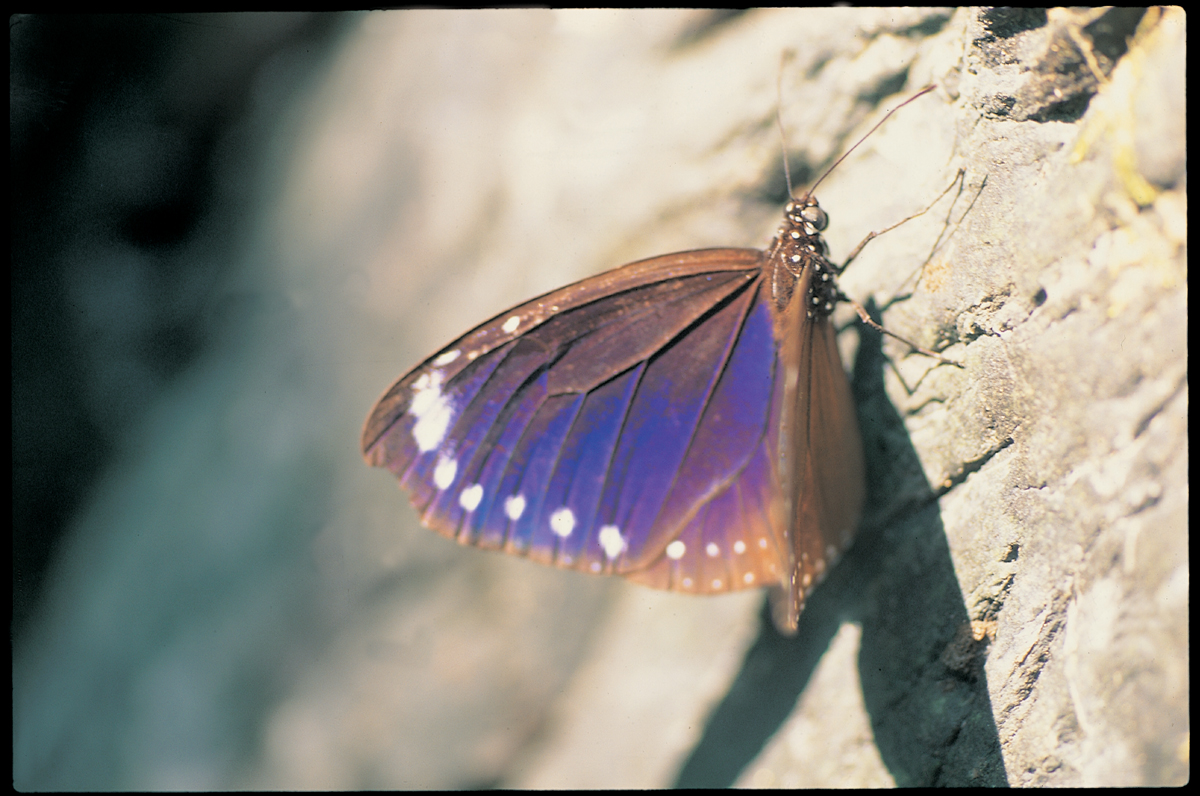
.jpg)
